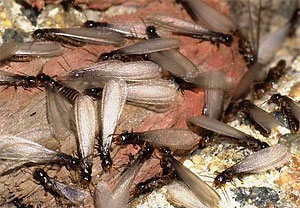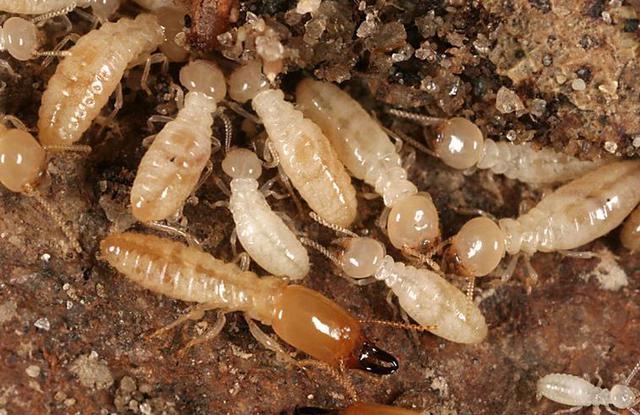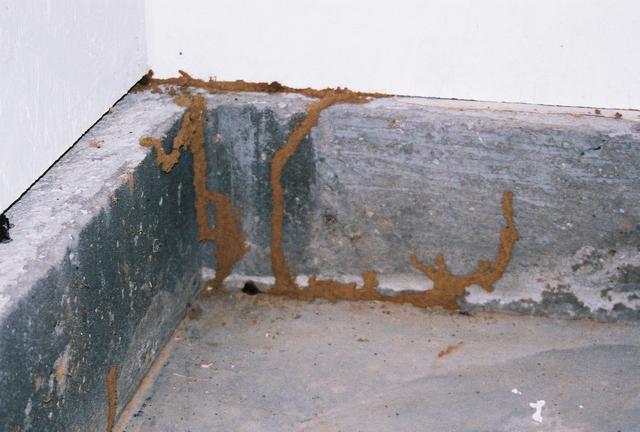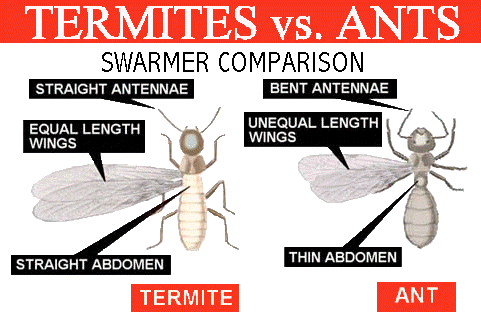Subterranean termites are social insects that live in colonies within the soil, hence their name "subterranean". These colonies contain three forms or castes: reproductives, workers, and soldiers. Subterranean termites have several stages: the egg, larva, apterous workers (wingless), a brachypterous nymph (with wing pads), soldiers and adult swarmers.
Dead trees and brush provide a natural food source for foraging subterranean termites. When natural vegetation is cleared and houses are built, termites often switch to feeding on wooden structures. Termites enter buildings through wood that is in direct contact with the soil and by building shelter tubes over and through cracks in foundations. Any cellulose material in direct contact with the soil, such as trees, vines, plumbing fixtures, can serve as an avenue for infestation.
Although it is possible for a homeowner to perform an inspection, it is recommended that a licensed professional inspector perform the inspection. It is sometimes required by banks when purchasing a home. Pest control professionals can determine the presence of an infestation and damage, and the measures needed for treatment.
Please contact us to inquire about termite inspections, treatments, or with any questions or concerns regarding termites.
ATC Pest Control
Termites
Winged termites look similar to flying ants. The differences are illustrated below:



